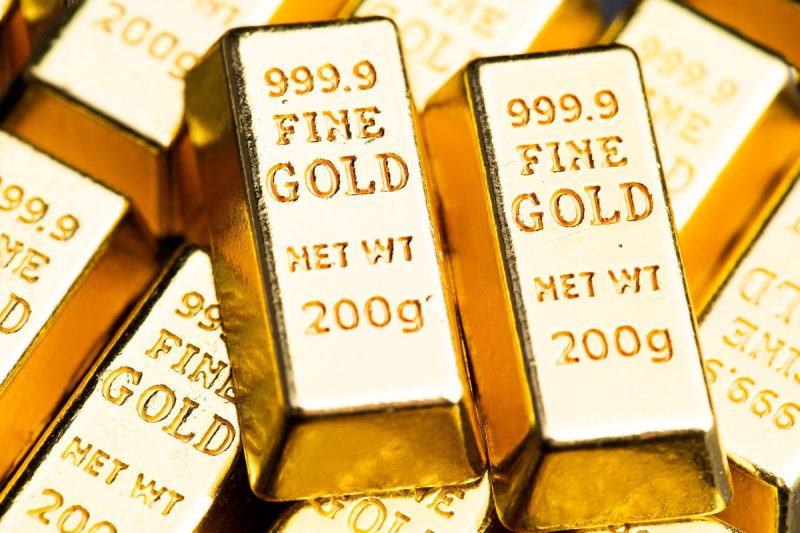The recent surge in the price of gold has caught the attention of investors and experts alike. As the precious metal reached a new all-time high, climbing to remarkable levels, many are wondering what factors are driving this upward trend and whether it is sustainable in the long run. The global economic landscape, geopolitical uncertainties, and market dynamics are all playing significant roles in shaping the gold market’s trajectory.
One of the key drivers behind the surge in gold prices is the current economic uncertainty gripping the world. The COVID-19 pandemic has wreaked havoc on economies globally, leading to unprecedented levels of volatility in financial markets. In times of economic distress, investors often turn to safe-haven assets like gold to protect their wealth. The increased demand for gold as a store of value has consequently driven up its price to record levels.
Geopolitical tensions have also contributed to the bullish trend in the gold market. With escalating trade tensions between major economies, uncertainties surrounding Brexit, and political turmoil in various regions, investors are increasingly seeking refuge in gold as a hedge against geopolitical risks. The metal’s historical role as a safe-haven asset has once again come to the forefront, bolstering its appeal in times of geopolitical turmoil.
Supply and demand dynamics are also at play in the gold market. The limited supply of gold, coupled with growing demand from investors and central banks, has put upward pressure on prices. Central banks, in particular, have been ramping up their gold purchases in recent years, further tightening the supply-demand balance in the market. Additionally, the mining industry has faced challenges in ramping up production due to disruptions caused by the pandemic, exacerbating supply constraints and supporting higher prices.
Market sentiment and investor behavior are crucial factors influencing the price of gold. The fear of missing out (FOMO) phenomenon, coupled with speculative trading, can create price bubbles in the commodity markets, including gold. While gold has proven to be a reliable asset over the long term, investors should exercise caution and not succumb to irrational exuberance when chasing short-term gains.
Looking ahead, experts remain cautiously optimistic about the future price trajectory of gold. While external factors such as economic conditions, geopolitical developments, and market sentiment will continue to influence price movements, the long-term outlook for gold remains positive. As a time-tested store of value and a hedge against inflation, gold is likely to retain its appeal among investors seeking stability and diversification in their portfolios.
In conclusion, the recent surge in gold prices reflects the prevailing economic uncertainties, geopolitical risks, and supply-demand dynamics shaping the metal’s market. While the price of gold has reached new all-time highs, investors should approach the market with caution and a long-term perspective. As with any investment, thorough research and sound risk management practices are essential to navigating the complexities of the gold market and making informed decisions.

